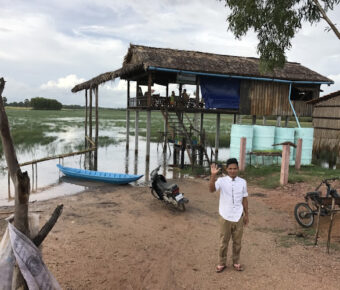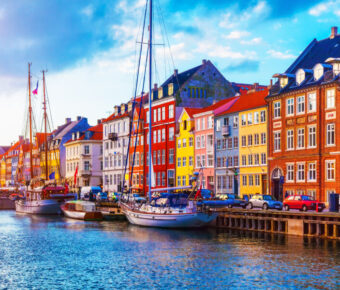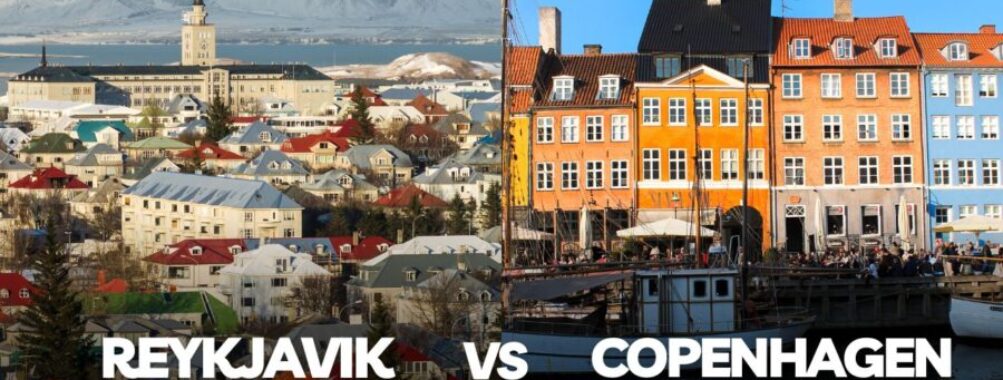
Reykjavik vs Copenhagen: Which Nordic Capital Offers the Best Winter Adventure in 2025
Choosing between Copenhagen and Reykjavik feels like picking between two completely different worlds. These Nordic capitals offer unique experiences that set them apart from typical European destinations. Copenhagen stands out as the more conventional city break with its grand palaces, world-class museums, and buzzing food scene, while Reykjavik serves as a gateway to Iceland’s raw natural wonders.
Denmark’s capital draws visitors with its mix of old-world charm and modern design. The colorful Nyhavn harbor, iconic Tivoli Gardens, and stunning royal palaces make Copenhagen perfect for culture lovers. The city’s size and amenities provide more dining, shopping, and entertainment options than its Icelandic rival.
Reykjavik may be smaller, but it makes up for it with character and access to nature. The city acts as a base for exploring Iceland’s volcanoes, glaciers, and northern lights.
Life costs more in Reykjavik, with groceries about 30% pricier than in Copenhagen. Yet many travelers find Iceland’s untamed landscapes worth the extra expense.
Table of Contents
- Geographical Overview
- Location and Size
- Climate and Weather Patterns
- Cultural Insights
- Historical Significance
- Local Traditions
- Cultural Festivals
- Language and Communication
- Economic Factors
- Cost of Living Comparison
- Employment Opportunities
- Economic Stability
- Lifestyle and Recreation
- Entertainment Venues
- Sporting Life
- Dining Experiences
- Nightlife and Clubs
- Educational and Professional Environment
- Higher Education Institutions
- Research and Development
- Job Market
- Transportation Infrastructure
- Public Transit Systems
- Biking and Pedestrian Paths
- Accessibility Abroad
- Accommodations and Housing
- Real Estate Market
- Short-Term Rentals
- Accommodation Types
- Environmental Practices and Sustainability
- Frequently Asked Questions
- What are the cost-of-living differences between Reykjavik and Copenhagen for tourists?
- Can travelers expect more budget-friendly accommodation options in Copenhagen compared to Reykjavik?
- How do dining experiences and prices in Reykjavik contrast with those in Copenhagen?
- In terms of cultural attractions and activities, how do Reykjavik and Copenhagen compare?
- What are the transportation and ease of travel considerations in Reykjavik versus Copenhagen?
- How does the climate vary between Reykjavik and Copenhagen, and how can that affect travel plans?
- Book Your Dream Experience
- More Travel Guides
Geographical Overview

Copenhagen and Reykjavik sit at opposite ends of the North Atlantic, with stark differences in their landscapes, layouts, and natural surroundings. These contrasts shape the unique character and visitor experiences in each Nordic capital.
Location and Size
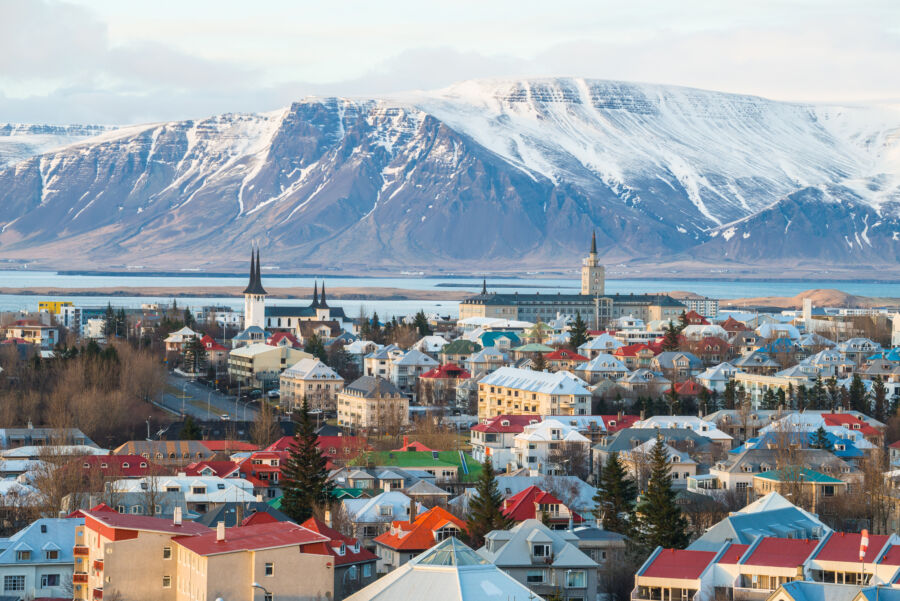
Copenhagen is on the eastern coast of Zealand, Denmark’s largest island. The city is 88.25 square kilometers and includes several small islands. Its flat terrain makes it perfect for cycling and walking.
The harbor splits Copenhagen into two main parts. The historic center sits on Zealand’s east coast, while newer districts spread across Amager Island.
Reykjavik hugs Iceland’s southwestern coastline, covering 273 square kilometers. Mountains and lava fields surround the city, creating a dramatic backdrop.
The world’s northernmost capital extends from its central peninsula. Unlike Copenhagen, which has a dense urban layout, Reykjavik has a more spread-out design with lots of open spaces.
Climate and Weather Patterns

Copenhagen enjoys a mild coastal climate with four distinct seasons. Summer temperatures average 17°C (63°F), while winters stay around 2°C (36°F). Rain falls evenly throughout the year.
The city has plenty of daylight in summer, up to 17 hours in June. However, winter days are shorter, with about 7 hours of light.
Reykjavik’s weather changes fast and often. Summer temperatures reach just 14°C (57°F), and winters hover around 0°C (32°F). Strong winds and frequent rain showers are common.
The city experiences extreme daylight shifts. Summer brings nearly 24 hours of light, while winter days last only 4-5 hours. This creates unique challenges and experiences for visitors year-round.
Cultural Insights
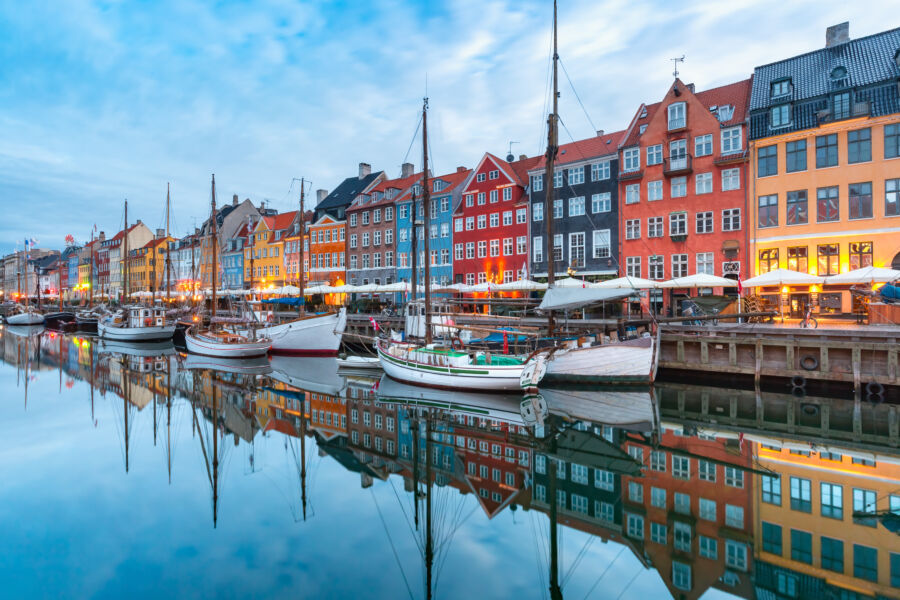
Copenhagen and Reykjavik showcase rich cultural heritage through their art, history, and daily life. Both cities blend modern innovation with age-old customs in unique ways.
Historical Significance
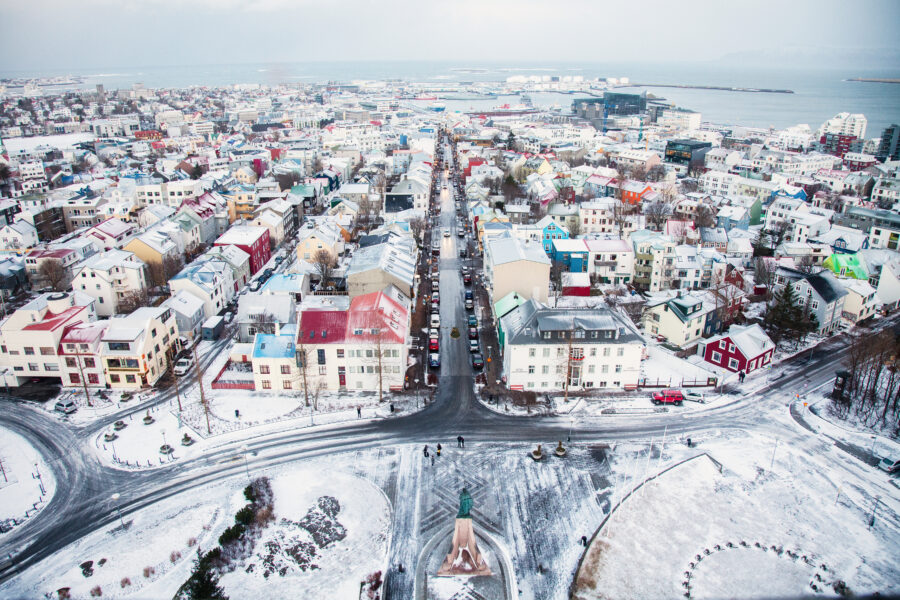
Copenhagen’s history dates back to the 12th century, when it was a Viking fishing village. Under King Christian IV’s rule in the 1600s, the city grew into Denmark’s powerhouse of culture and commerce. His architectural legacy lives on in Rosenborg Castle and the Round Tower.
Reykjavik’s story began in 874 when Norse settlers first arrived. The city remained a small trading post until the 19th century. Its growth exploded after Iceland gained independence in 1944.
The cities took different paths. Copenhagen became a European cultural hub while Reykjavik preserved its close ties to nature and Viking heritage.
Local Traditions
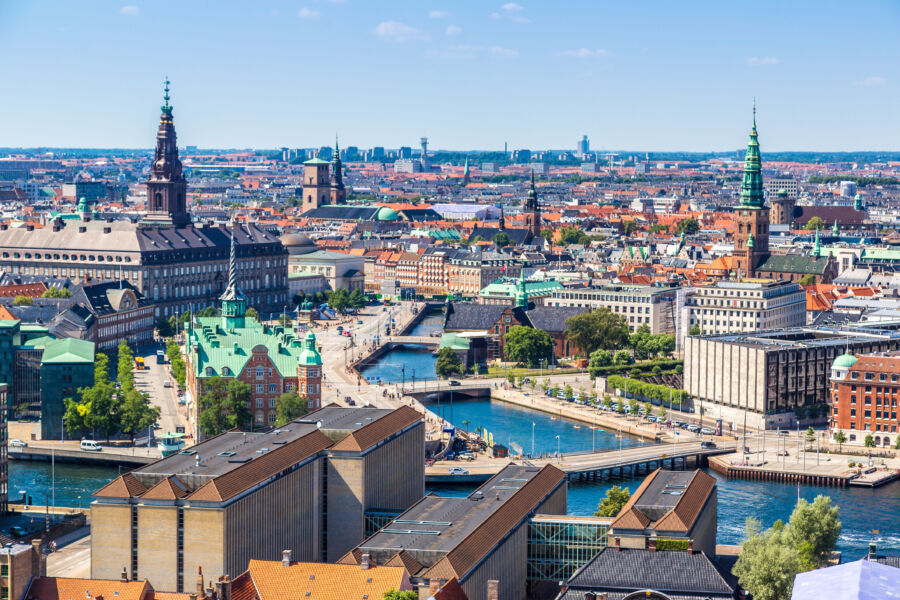
Danes practice hygge, creating cozy moments with friends and family. Year-round, you’ll spot candlelit cafes and intimate gatherings across Copenhagen.
Icelanders value their hot spring culture. Public pools in Reykjavik serve as social hubs where locals catch up on daily gossip.
Food traditions differ, too. Copenhagen embraces New Nordic cuisine with fancy restaurants and food markets. Reykjavik keeps traditional foods alive – try the fermented shark or lamb hot dogs from harborside stands.
Cultural Festivals

Copenhagen’s summer brings the Jazz Festival and Copenhagen Cooking. Winter features the magical Christmas markets at Tivoli Gardens.
In Reykjavik, the Winter Lights Festival brightens dark February days, and Culture Night in August turns the whole city into an arts venue.
Both cities celebrate their Viking past during summer medieval festivals. These events feature traditional music, food, and reenactments.
Language and Communication
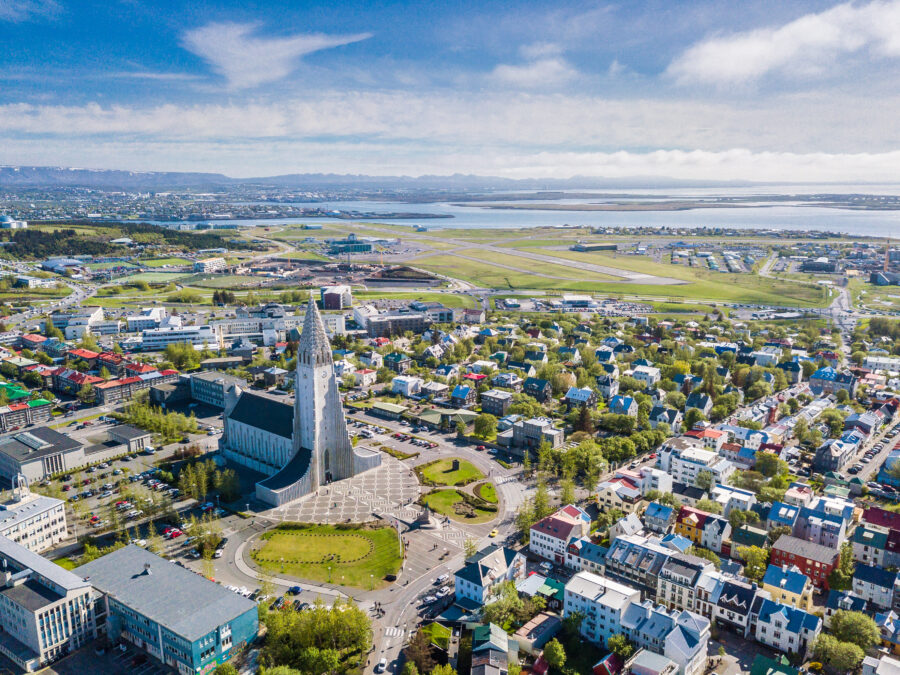
English works well in both cities. Most locals speak it fluently.
Danish uses many sounds not found in English. Street signs and menus often appear in both languages.
Icelandic remains close to Old Norse. Though challenging to learn, it’s a source of national pride. Many Reykjavik museums offer audio guides in multiple languages.
In business settings, both cities follow casual communication styles. First names are common even in formal situations.
Economic Factors

Money matters shape daily life differently in these Nordic capitals. While Copenhagen shows stronger purchasing power, Reykjavik faces unique economic challenges tied to its isolated location and smaller population base.
Cost of Living Comparison

Living costs vary significantly between these cities. Copenhagen residents enjoy 29.9% higher purchasing power than their Reykjavik counterparts.
Groceries cost about 42% more in Reykjavik than in Copenhagen. This price gap affects everyday expenses like food, household items, and basic necessities.
A person needs roughly 1,069,311 Icelandic krona in Reykjavik to maintain the same living standard as 48,000 Danish kroner in Copenhagen. This includes similar housing, food, and lifestyle choices.
Employment Opportunities

Copenhagen’s job market offers more diversity with its larger population and business sector. The city hosts many international companies and startups, creating varied career paths.
The Danish capital maintains lower unemployment rates, pointing to better job prospects. Its position as a regional business hub attracts global talent and companies.
Both cities have flourishing tech and service industries. Reykjavik’s smaller size means fewer jobs but less competition for positions.
Economic Stability

Copenhagen’s economy benefits from its EU membership and stronger connections to European markets. The city’s GDP shows steady growth and resilience during economic shifts.
While smaller, Reykjavik’s economy stays competitive through the tourism and renewable energy sectors. The city’s isolation can create supply chain challenges and higher import costs.
Despite their economic differences, both cities maintain strong social safety nets and high living standards. Copenhagen’s larger size provides more economic cushioning during downturns.
See Related: Copenhagen vs Stockholm: Best Nordic Capital for Your Next Adventure
Lifestyle and Recreation

Both cities offer distinct ways to enjoy life, from world-class entertainment to vibrant food scenes. Copenhagen brings a polished, design-focused atmosphere, while Reykjavik charms with its cozy, intimate venues against stunning natural backdrops.
Entertainment Venues

Copenhagen’s crown jewel is Tivoli Gardens, a magical amusement park that lights up the city center. The city hosts numerous theaters, concert halls, and cinemas showing both Danish and international productions.
Reykjavik’s entertainment scene is smaller but unique. The Harpa Concert Hall is an architectural marvel that hosts classical performances and modern shows. The city’s compact size means most venues are within walking distance of each other.
Art galleries dot both cities. Copenhagen’s Louisiana Museum of Modern Art draws visitors with its seaside location and world-class exhibits. Reykjavik’s art scene focuses on local talent in intimate gallery spaces.
Sporting Life

Copenhagen embraces cycling culture, with dedicated lanes crisscrossing the entire city. The locals love watching football at Parken Stadium, home to FC Copenhagen.
Water sports thrive in both capitals. Copenhagen’s harbor hosts kayaking and swimming spots. Reykjavik offers unique options like glacier hiking and outdoor adventures near the city.
Copenhagen has more indoor sports facilities, with multiple fitness centers and swimming pools. Reykjavik has fewer indoor venues but easy access to natural settings, perfect for hiking and skiing.
Dining Experiences

Copenhagen shines with 15 Michelin-starred restaurants and a thriving food scene. The city mixes traditional Danish cuisine with modern Nordic gastronomy. Street food markets like Reffen attract food lovers with diverse international options.
Reykjavik’s restaurants focus on fresh seafood and local ingredients. The city takes pride in unique Icelandic dishes like fermented shark and lamb hot dogs. Small, family-run cafes serve traditional recipes passed down through generations.
Nightlife and Clubs
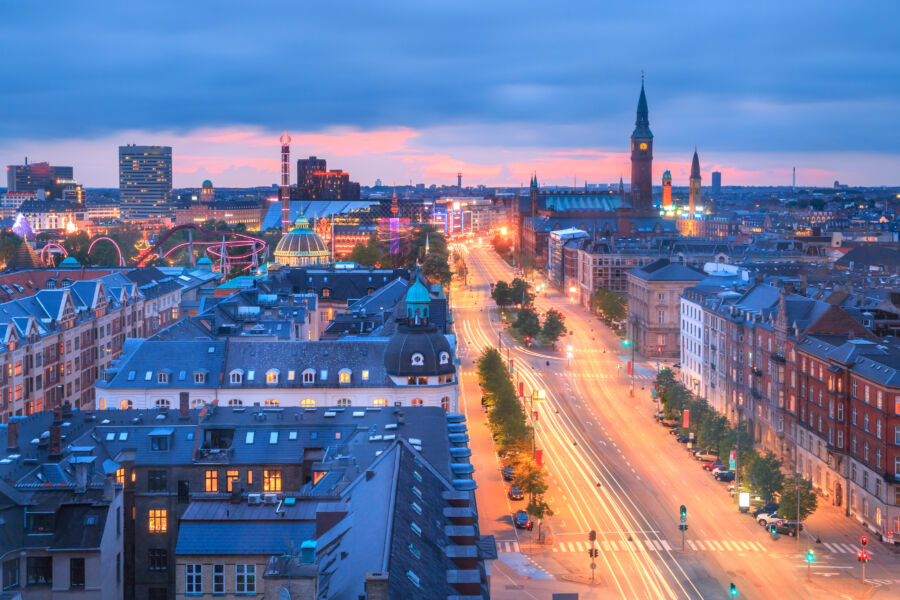
Copenhagen’s nightlife spans multiple districts. The Meatpacking District hosts trendy bars and dance clubs, and live music venues range from jazz clubs to electronic music spaces.
Reykjavik’s famous weekend runtur bar crawl shows off the city’s party spirit. Bars and clubs cluster around Laugavegur Street. The city’s nightlife starts late and runs until early morning, especially during summer’s midnight sun.
Drink prices run higher in Reykjavik than in Copenhagen. Both cities maintain strict age limits of 18 for bars and 20 for stronger alcohol purchases.
Educational and Professional Environment

Both cities offer strong educational systems and diverse job markets. Copenhagen stands out with its numerous universities and research facilities, while Reykjavik maintains a tight-knit academic community focused on innovation.
Higher Education Institutions

Copenhagen has a rich academic landscape with multiple universities and colleges. The University of Copenhagen is Denmark’s oldest university, dating back to 1479. The city also hosts several other notable institutions, like the Technical University of Denmark and Copenhagen Business School.
Reykjavik’s university scene centers around the University of Iceland, the country’s main public university. The Reykjavik University adds a private education option with a strong focus on technology and business studies.
Research and Development

Copenhagen’s research facilities span multiple sectors, from biotechnology to clean energy. The city’s Medicon Valley serves as a hub for medical research and innovation, and many international companies maintain R&D centers here.
Reykjavik excels in geothermal research and sustainable energy development. The city’s research institutions work closely with industry partners to advance green technology solutions. Marine biology and Arctic studies also receive significant attention.
Job Market

Copenhagen’s job market thrives in several sectors:
- Technology and IT
- Finance and banking
- Life sciences
- Creative industries
- Sustainable energy
Reykjavik’s employment opportunities focus on:
- Tourism and hospitality
- Renewable energy
- Marine Industries
- Technology startups
- Education
Both cities welcome English-speaking professionals. Copenhagen typically offers higher salaries, but Reykjavik provides unique opportunities in emerging green industries.
Transportation Infrastructure

Copenhagen and Reykjavik have vastly different approaches to moving people around their cities. Copenhagen leads with world-class public transit and bike paths, while Reykjavik relies heavily on cars and personal vehicles.
Public Transit Systems

Copenhagen’s integrated public transport network serves millions efficiently. The metro runs 24/7, complemented by extensive bus routes and suburban trains. Clean, modern vehicles and reliable schedules make getting around simple.
Reykjavik’s public transit system is more limited in scope. Compared to Copenhagen’s much higher ridership rates, less than 25% of residents use public transportation. Buses are the main option, with no metro or train systems in place.
Ticket prices reflect the differences, too. Copenhagen offers affordable monthly passes that encourage regular use. Their integrated payment system works across all transit types.
Biking and Pedestrian Paths

Copenhagen is one of the world’s top cycling cities. Over 450km of dedicated bike lanes crisscross the city. Raised curbs and special traffic signals keep cyclists safe and separated from cars.
The city also prioritizes pedestrians, with wide sidewalks and car-free zones in many areas. Special bridges just for bikes and walkers connect different neighborhoods.
Reykjavik has fewer dedicated cycling paths. The harsh weather and car-centric culture mean fewer people bike regularly. Walking paths exist but aren’t as extensive or well-connected as Copenhagen’s network.
Accessibility Abroad

Copenhagen’s airport is connected to the city center via a direct metro line. Visitors can easily search flights and hotels to plan their trip. The transit system uses English signage and announcements.
Getting around Reykjavik often requires a rental car or organized tours. Meanwhile, the airport bus runs regularly but takes longer than Copenhagen’s airport connections.
Both cities offer tourist transit passes, though Copenhagen’s covers more transport options. Clear maps and signs in both cities help tourists navigate, even if they don’t speak the local language.
See Related: Copenhagen vs Helsinki: Which Nordic Capital Offers Better Value
Accommodations and Housing
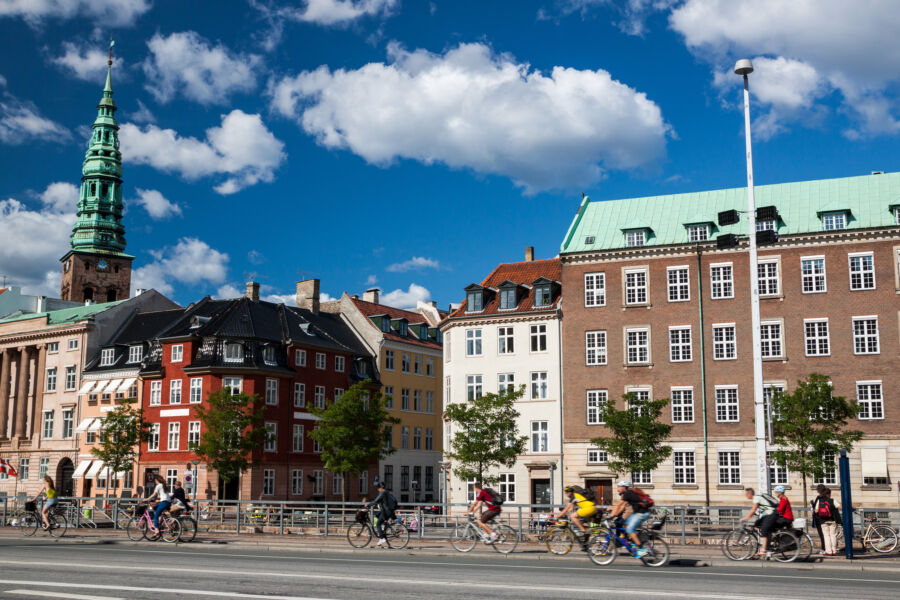
Housing costs and living spaces differ greatly between these Nordic capitals. Rent prices run much higher in Copenhagen, though living spaces tend to be larger and more modern.
Real Estate Market

Property prices in Copenhagen exceed those in Reykjavik by about 30%. A furnished 900 square foot apartment in an expensive Copenhagen area costs around 21,000 DKK monthly. The same space in Reykjavik runs about 410,000 ISK.
Copenhagen offers more diverse housing options across its many neighborhoods. The city features both historic buildings and new developments.
Reykjavik’s real estate market remains tight due to limited space and high demand. Because of building regulations, most residential buildings stay under 5 stories tall.
Short-Term Rentals

Tourists can find vacation rentals and hotels throughout both cities. Copenhagen provides more budget-friendly options, from hostels to mid-range hotels.
Reykjavik’s limited accommodation supply drives up short-term rental costs. Peak tourist seasons see prices spike even higher.
Both cities maintain strict rules for short-term rentals. Permits and registrations are needed to rent properties to visitors.
Accommodation Types
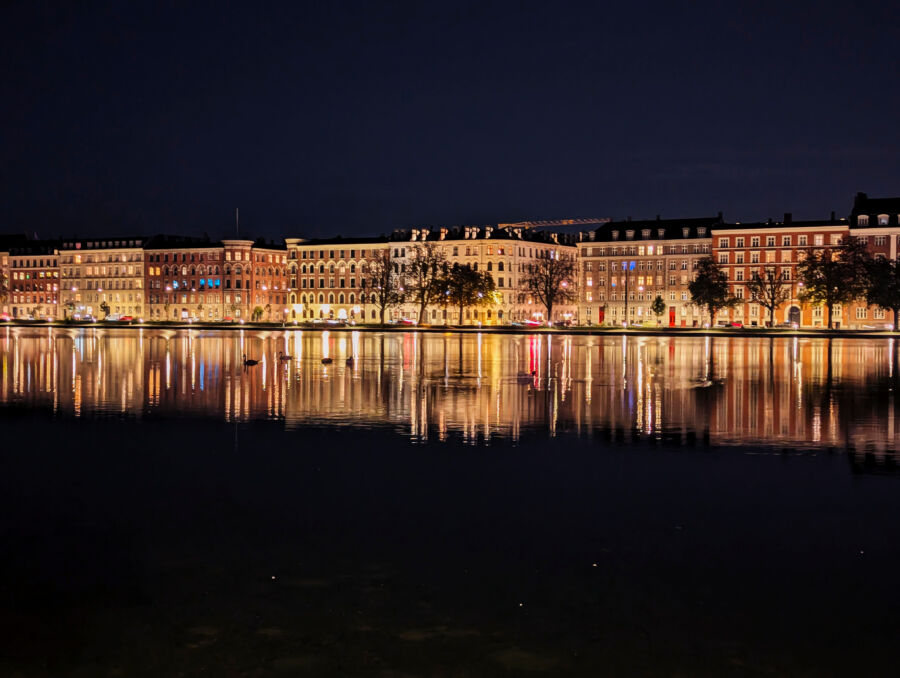
Copenhagen features many apartment buildings from different eras. Historic properties often have high ceilings and original details. Meanwhile, modern complexes offer amenities like gyms and parking.
Reykjavik homes tend to be smaller but well-insulated against harsh weather. Many buildings use geothermal heating, which reduces utility costs.
Student housing exists in both cities near major universities. These units typically come furnished with shared common spaces.
Environmental Practices and Sustainability

Reykjavik and Copenhagen stand at the forefront of green urban living. These two Nordic capitals take different paths toward the same goal of environmental protection.
Reykjavik shines in the energy sector. The city runs almost completely on renewable power, using its natural geothermal and hydroelectric resources. Its ambitious plan aims to eliminate fossil fuels by 2040.
Copenhagen’s approach focuses on transforming its urban spaces. The city has turned old industrial areas into green neighborhoods and recreational zones. The waterfront area shows how they blend nature with city life.
Both cities make cycling a key part of daily life. Copenhagen’s bike lanes stretch across the city, while Reykjavik encourages cycling despite its challenging weather.
Green spaces dot both cities’ landscapes. Parks and gardens help clean the air and give residents places to connect with nature. These areas also help manage rainwater and support local wildlife.
The cities differ in their natural advantages. Reykjavik taps into Iceland’s volcanic energy, while Copenhagen relies on wind power and smart urban planning to cut carbon emissions.
Each city sets an example for others to follow. Reykjavik shows how to use natural resources wisely, and Copenhagen demonstrates ways to remake city spaces for a greener future.
See Related: Amsterdam vs Copenhagen: Which Northern European City Offers Better Value
Frequently Asked Questions

Travelers exploring these Nordic capitals face important choices about costs, activities, and seasonal timing that affect their experience. Both cities offer distinct advantages for different types of visitors and travel styles.
What are the cost-of-living differences between Reykjavik and Copenhagen for tourists?
Reykjavik tends to be more expensive for daily expenses like food and transportation. A cup of coffee in Reykjavik costs about $5-7, while Copenhagen averages $3-5.
Basic items like bottled water and snacks can cost 30-40% more in Reykjavik than in Copenhagen. This adds up quickly during a vacation.
Can travelers expect more budget-friendly accommodation options in Copenhagen compared to Reykjavik?
Copenhagen offers more diverse lodging choices at various price points. Hostels start around $30 per night, and mid-range hotels range from $120 to $ 200.
Reykjavik’s limited hotel supply means higher prices year-round. Even basic hotels often start at $200+ per night, with peak season rates going much higher.
How do dining experiences and prices in Reykjavik contrast with those in Copenhagen?
Copenhagen has a wider range of restaurants and price points. Street food markets and casual cafes offer meals for $10-15, while nice restaurants serve dinner for $30-50 per person.
Due to imported ingredients, Reykjavik restaurants tend to be pricier. A basic dinner costs $25-35, and nicer venues charge $50-70 per person.
In terms of cultural attractions and activities, how do Reykjavik and Copenhagen compare?
Copenhagen features many museums, palaces, and historic sites, such as Tivoli Gardens and Nyhavn Harbor. Most attractions charge admission fees between $15 and $25.
Reykjavik is a city of natural attractions and outdoor activities. Although it has fewer traditional cultural sites, it serves as a gateway to Iceland’s stunning landscapes.
What are the transportation and ease of travel considerations in Reykjavik versus Copenhagen?
Copenhagen has extensive public transit with metros, buses, and trains. A day pass costs about $10-12 and connects most tourist areas.
Reykjavik relies more on walking and buses within the city. Many visitors rent cars to explore beyond city limits, which adds significant cost.
How does the climate vary between Reykjavik and Copenhagen, and how can that affect travel plans?
Reykjavik stays cool year-round. Summer highs rarely go above 60°F (15°C), and winter temperatures are near freezing. Daylight varies dramatically by season.
Copenhagen has mild summers around 70°F (21°C) and cold winters near 32°F (0°C). Rain is common year-round, so pack waterproof gear.

